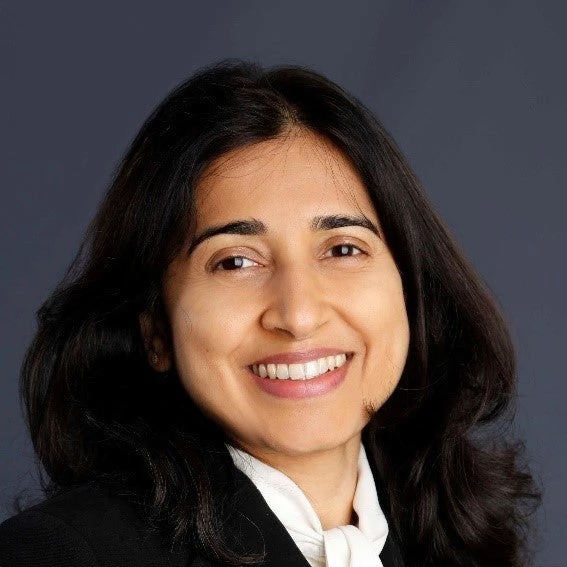
This week, Vietnam will host the twelfth ASEAN Health Minister’s Meeting in Hanoi. Universal Health Coverage (UHC) is likely to take center-stage in discussions, both formal and informal, among the region’s policymakers. After all, the drive for UHC, backed by large increases in public spending to subsidize coverage, is one of the most uniting features of health policy in the ASEAN region today.
Vietnam is somewhat forerunner in the region, having steadily expanded health insurance coverage through the 1990s. Through the Law of Social Health Insurance in 2008, Vietnam consolidated existing health insurance programs and adopted a single payer design ahead of some other larger ASEAN countries such as Indonesia and the Philippines. Today, not only is 68% of the population enrolled in health insurance but significant public sector investments have also been made to the supply side infrastructure and health human resource capacity of Vietnam in order to meet the growing demand for health care.
The World Bank, with inputs from the World Health Organization, UNICEF, and the Rockefeller Foundation recently completed an assessment of Vietnam’s progress towards UHC. The Government of Vietnam requested this review from the development partners in preparation for the review of the SHI legislation by the National Assembly in 2014.
The report shows that although significant progress has been made in the path towards UHC, there are several outstanding issues.
Mandating enrollment into a single program, for example, just isn’t enough. Enrollment rates remain low even amongst those for whom enrollment is compulsory–such as formal sector workers–and despite large increases in subsidies for the near poor. Although organized through a single payer, Vietnam SHI remains fragmented. The poor subsidize the rich, and poorer provinces subsidize richer provinces. The report recommends increasing subsidies to further increase coverage among the near-poor and informal sector, and encouraging family-based enrollment.
At the same time, UHC is still a distant reality when out-of-pocket payments make health care unaffordable. In 2010, when nearly 60% of the population was already enrolled, the out-of-pocket (OOP) share of total health spending was 57.6%. High OOP payments leave households exposed to risks of impoverishment, and put them off using health services when needed. Further reducing co-payments for vulnerable groups and introducing catastrophic cost coverage could serve to address this issue.
A real lack of value for money is a threat to the sustainability of the system and the goal of achieving UHC. Estimates produced for this report show that the additional fiscal resources needed to meet the quite ambitious UHC goals that Vietnam has set for itself will far exceed what can be expected given GDP and revenue projections. Controlling the spiraling cost growth and mobilizing resources through efficiency savings will be critical for making further sustained progress towards achieving UC. According to the report, improving efficiency through provider payment reform, efforts to rationalize the benefits package and strengthening the management and organization of health insurance would be a solution to ensure the system sustainability.
The report provides both short to medium term and long-term recommendations that would help Vietnam address many of the shortcomings in its current system. The findings of this review served as an input into the legislative review by Ministry of Health and Vietnam Social Security that concluded with an amendment to the Health Insurance Law in June 2014.
What are key challenges to move forward universal health coverage in your country? How should we address those issues? Share your thoughts with us!


Join the Conversation